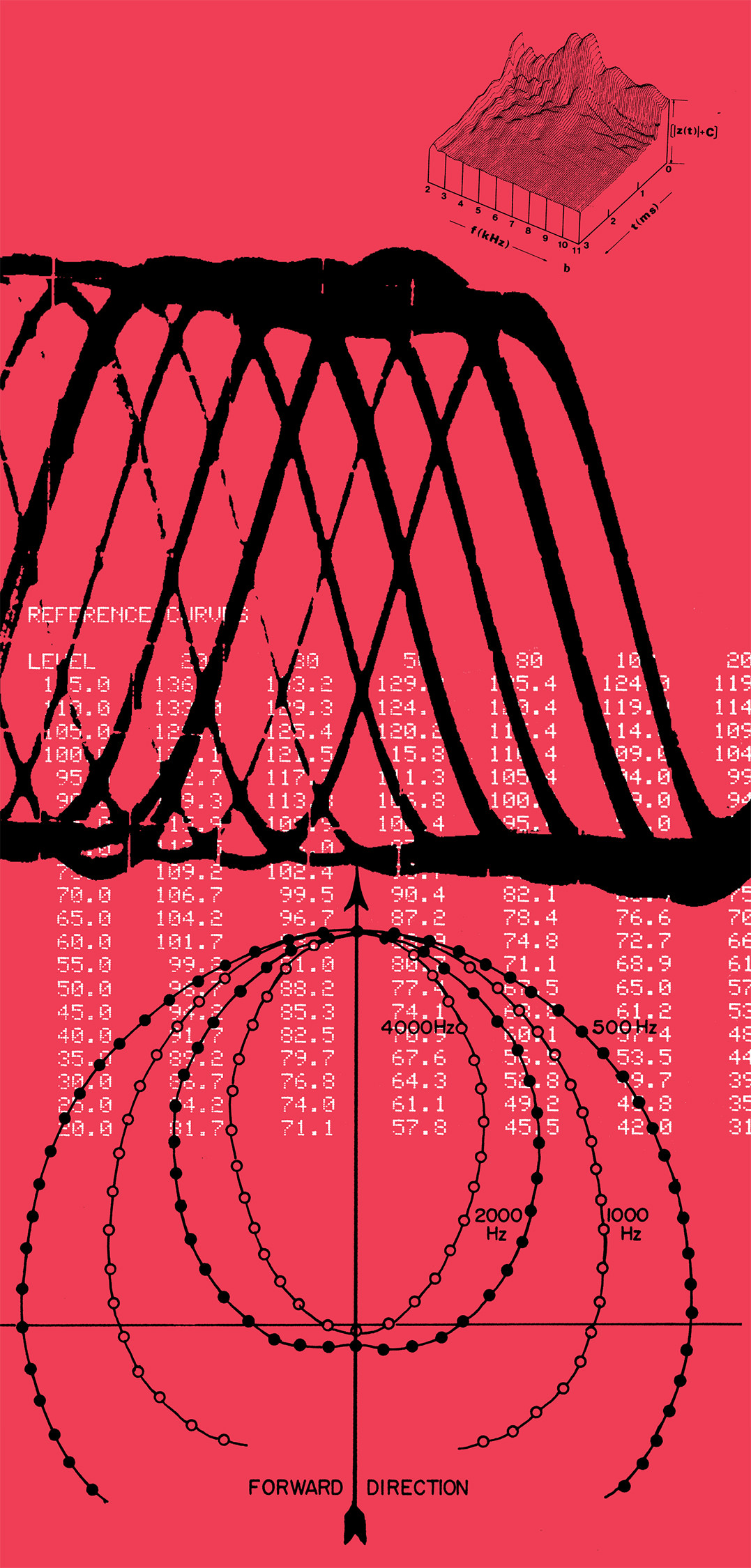Looking back over the history of recorded music, one thing is for sure: the technology used is always in flux. When I’ve interviewed engineers from the ‘60s or ‘70s, there will invariably be a point where the number of analog tape tracks (1, 2, 3, 4, 8, 12, 16, 24, 32, 48) a studio was able to offer would affect the financial end of running a business (see Annette Cisneros’ interview this issue). These days, it’s quite different; and while some studios, engineers, and producers will look to the past and pick and choose the recording technology they wish to utilize, the majority of recording folks are looking at a computer screen, unlimited track count, and data to back up.
Check out John Baccigaluppi’s End Rant this issue. As technology focuses on the everyday user, he’s questioning his faith in computer companies – as many other professionals might be doing these days. Note Billy Bush’s tale of job advancement due to his eagerness to explore new technologies. Read Jack Shirley’s story of moving from digital to tape for better sounds and workflow. The technology of recording is fascinating, but we must always keep in mind that it only serves a means. Capturing art, expression, and emotion – in any way possible — is the goal.

